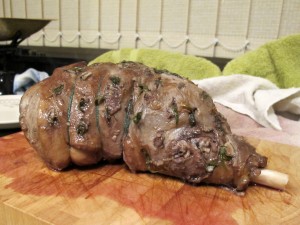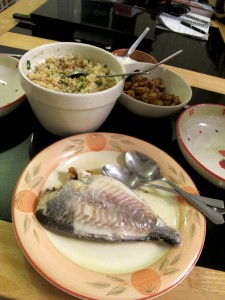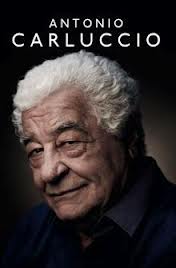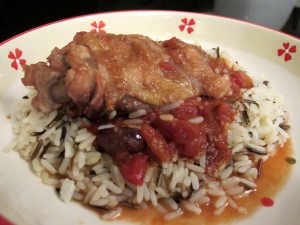I was given this book as a present a couple of years back but have only started to use it regularly recently.
I have to agree with other reviewers on amazon.co.uk who say that the basic recipes are mostly terrible. The vanilla and lemon cupcakes are dry and stodgy. I think I remember the chocolate cupcakes being dry too, but am not 100% sure as it’s been a while since I tried the recipe. The Earl Grey cupcakes are ok but still quite dry. I didn’t like the lemon icing and the chocolate icing is far too sweet and doesn’t set unless it goes into the fridge. The icing quantities are way out of whack too – they seem to make far more than the amount needed; usually half will suffice.
The only recipe I have liked from this book is the carrot cupcake recipe with cream cheese icing, which I have made several times and always turns out moist and, when using a food processor, quite light. Another plus is that the photography in the book is lovely, but what good is that if the recipes are wrong?!
It seems that the magic ratio 4:4:4:2 is not to be messed with!
13 Apr 16
As part of a declutter (from The Life-Changing Magic of Tidying Up) I have decided to say goodbye to this book. I know that Mark bought it with love for me as he knew I was interested in making cupcakes. I appreciate the thought he put into it. I’ve saved what I value from it in my Cookery folder.




